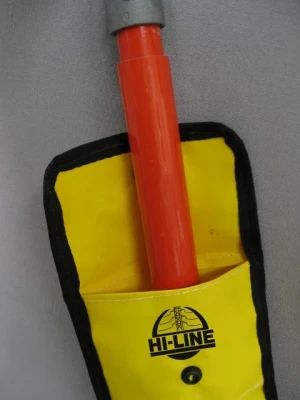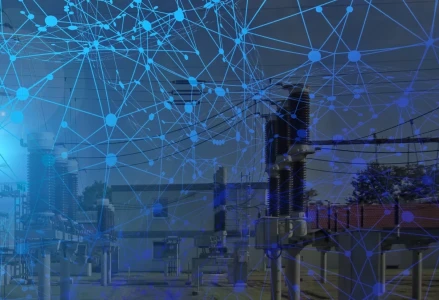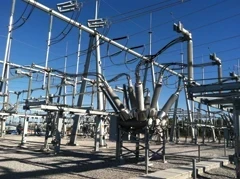Evolution of Outage Management Systems

Examining the evolution of outage management systems
BY GERALD GRAY & JOHN SIMMINS, Electric Power Research Institute (EPRI)
Once again, a major storm event, in this case Hurricane Sandy, has brought increased attention to a utility’s capability to respond to and mitigate damage to its infrastructure. With all of the investment that the utility industry has seen in infrastructure over the last few years, with major projects and the U.S. Department of Energy matching funds, ratepayers rightly want to know where their money has gone and why they are still seeing significant outages and outage durations of such lengths. This is a reasonable concern. However, what people outside of the industry typically do not understand is the challenges facing the utility industry as the grid evolves.
A significant portion of the funds for Smart Grid efforts are focused on smart-meter acquisition, deployments, and communication infrastructure investments. Ratepayers probably recall hearing from as early as 2009 that one of the benefits of smart meters is that they would be able to indicate where outages were located, and give utilities more granular information so that a faster restoration effort could be facilitated by the utility. This is all true, but the industry is not there yet.
Many utilities are still in the midst of—or even just beginning—their smart meter deployments. Maturing to the point that their advanced metering infrastructure (AMI) deployments are integrated with their outage management systems (OMS), for most, is still in the future.
Electricity Today Magazine and the Electric Power Research Institute have prepared a feature that not only covers the evolution of the OMS, but the different types of inputs used in both past and present. Furthermore, this feature will explore the challenges that face today’s leading edge inputs.









